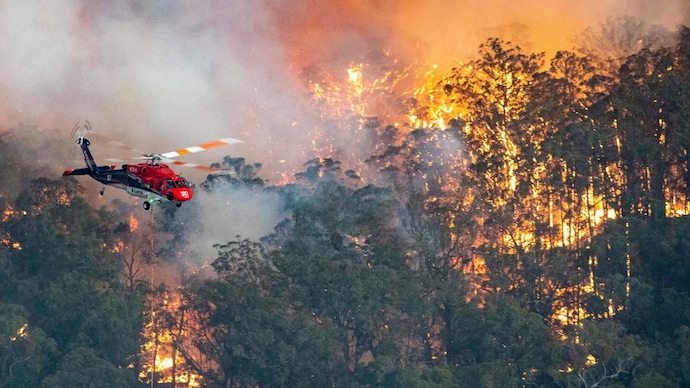Just How BAL Report Impacts Bush Fire Security Actions
In the realm of bush fire defense, the Building Attack Degree (BAL) report stands as an essential device that dramatically influences the safety and strength of properties in fire-prone areas - BAL Report. The effect of a BAL evaluation extends far beyond plain documents; it acts as the foundation for determining the suitable construction criteria and fire protection measures needed to alleviate the risks presented by bushfires. As areas face increasingly extreme fire seasons, comprehending exactly how the BAL report forms these protective steps ends up being vital for builders, policymakers, and house owners alike
Comprehending the Bushfire Assault Level

Relevance of BAL Record Analysis

In Addition, the BAL record evaluation functions as a foundational action in abiding by legal responsibilities and demands connected to bushfire protection. Regional councils and authorities frequently mandate the submission of a BAL record as component of the preparation and building authorization process to ensure that buildings are sufficiently guarded versus bushfire dangers. Falling short to perform a thorough BAL report evaluation can cause poor security actions, leaving residential or commercial properties at risk to ravaging bushfire events.
Building And Construction Requirements Based on BAL
A thorough understanding of the Bushfire Attack Degree (BAL) allows home proprietors to carry out building criteria customized to their details risk account. Construction criteria based on BAL are crucial in minimizing the impact of bushfires on buildings. The BAL score classifies the potential risk a building faces throughout published here a bushfire on a range from BAL-Low to BAL-FZ (Fire Zone)
Carrying Out Fire Security Actions
With the foundation of construction criteria based upon Bushfire Assault Degree (BAL) in place, the focus now changes in the direction of the sensible application of fire defense steps to fortify residential or commercial properties versus bushfire risks. Implementing fire defense procedures involves a mix of passive and energetic approaches to enhance the durability of buildings in bushfire-prone locations. Passive steps include using fire-resistant building materials, setting up coal guards on vents, securing spaces in wall surfaces and roofings, and preserving a clear room around the property without combustible plant life. Active steps include having firefighting devices readily available, such as pipes and water pumps, in addition to creating a defendable room around the residential property by removing plants and having a well-kept yard. Furthermore, developing an evacuation strategy and guaranteeing all homeowners know emergency treatments are critical parts of efficient fire defense measures. By incorporating both passive and active methods, residential or commercial properties can dramatically decrease their vulnerability to bushfire incidents and boost the you could check here safety and security of owners.
Shielding Homes Versus Bushfires
Effectively guarding homes versus the damaging effects of bushfires calls for a detailed and positive method to fire defense procedures. House owners living in bushfire-prone areas should prioritize the application of different techniques to improve their residential or commercial property's strength against wildfires. One fundamental element is producing a defensible space around the home by preserving a clear zone without combustible materials. This consists of frequently cutting plant life, getting rid of dead plants, and making certain a secure range between frameworks and trees. Mounting fireproof roof products can additionally dramatically reduce the threat of ember strikes and straight flame contact. Additionally, sealing vents and voids to stop coal invasion, in addition to incorporating fireproof windows and doors, can aid fortify the home's defense versus bushfires. Buying a reliable water resource, such as a well-kept sprinkler system or a dedicated water storage tank, is critical for supplying water during fire emergencies - BAL Report. By welcoming a positive position and incorporating these safety actions, property owners can dramatically boost their chances of guarding their homes against bushfires.
Conclusion
In final thought, the Bushfire Get More Information Attack Degree (BAL) record plays a crucial duty in figuring out the needed defense steps versus bushfires. Executing fire defense steps based on the BAL record is necessary in securing homes from possible bushfire threats.
In assessing bushfire danger to residential or commercial properties, understanding the Bushfire Strike Level (BAL) is an essential element for executing efficient protection measures. Generally, a clear understanding of the Bushfire Attack Degree is important for carrying out appropriate protection steps and alleviating the influence of bushfires on buildings.
